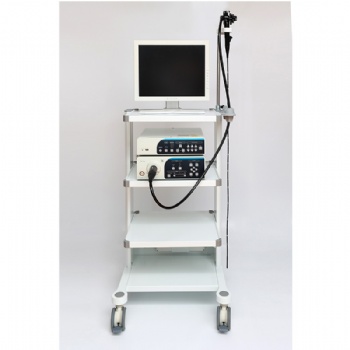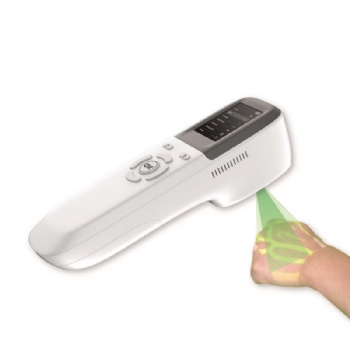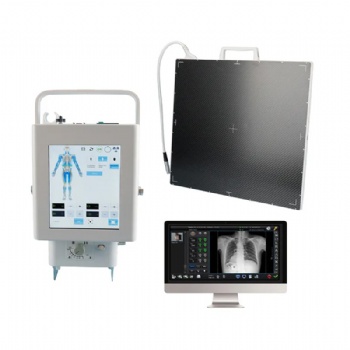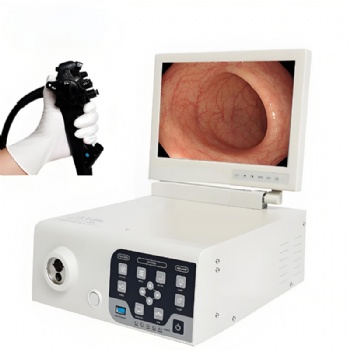News
Causes of Rigid Endoscope Damage
Endoscopy has revolutionized the medical field by enabling doctors to visualize internal body organs without invasive procedures. With the advancements in endoscopic technology, healthcare professionals now rely heavily on these devices for accurate diagnoses and minimally invasive surgeries. However, like any other delicate instrument, endoscopes can encounter damage and require repair and maintenance.
Regular use of an endoscope exposes it to wear and tear, leading to damage over time. The rigid endoscope consists of delicate components, including angled lenses and fiber optic cables, which can degrade due to repetitive use.
Mishandling is another common cause of rigid endoscope damage. Dropping or mishandling the device can result in fractures, scratches, or misalignment of optical components. The repair of a mishandled endoscope typically involves lens replacement, cable repair, or realignment of damaged parts.
Contamination is a significant concern in endoscopy, as the scope comes in contact with bodily fluids and tissues during procedures. Failure to clean and disinfect the endoscope properly can lead to the build-up of organic debris, which hampers its performance and shortens its lifespan. Routine maintenance of endoscopes, including meticulous cleaning and sterilization, is crucial to minimize the risk of damage caused by contamination.
Modern rigid endoscopes often incorporate advanced camera systems and electronic components. Any system failure, such as an electrical malfunction or malfunctioning camera, can affect the accuracy of the visual output and compromise patient care.
Improper storage can lead to damage to the rigid endoscope during non-use. Exposure to excessive heat, moisture, or dust can corrode the delicate components and degrade the image quality. Adequate storage conditions, including temperature and humidity control, are essential for prolonging the lifespan of the endoscope. Additionally, a protective case or cover should be used during transport to prevent accidental damage.
Categories
Contact Us
- +86-18018467613
- +86-13357930108
- info@82tech.com




